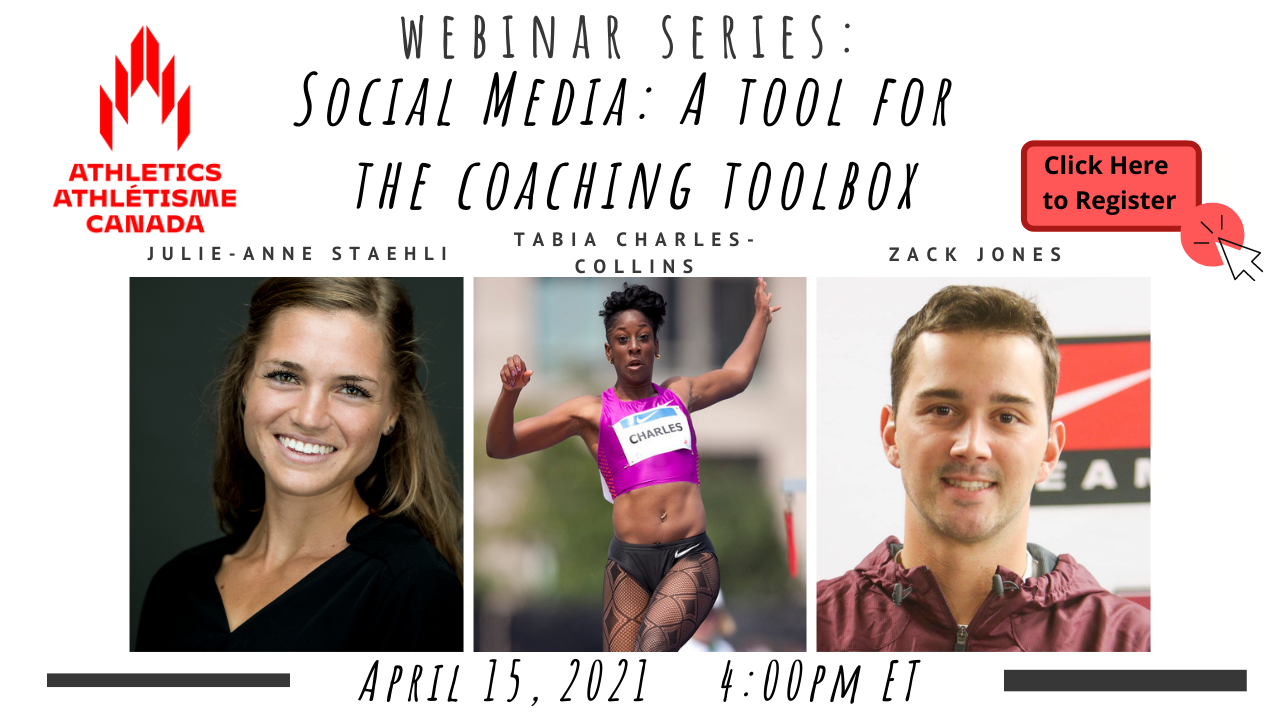
This webinar looks to discuss the coach athlete relationship and the influence of social media can play.

This webinar looks to discuss the coach athlete relationship and the influence of social media can play.
|
|
|
|
|
|
As Canada’s national Sport Information Resource Centre (SIRC), we’re here to support those involved in sport at all levels in Canada with the latest insights and resources. We want to know what you find most valuable about SIRC in our new survey!
Through your answers, we hope to learn the best ways to support you by providing the latest insights and resources that have the most impact.
News travels fast. Stay connected to sport and physical activity-related knowledge, news, jobs and resources through SIRC’s daily newsletter — The Canadian Sport Daily — delivered straight to your inbox.
"*" indicates required fields